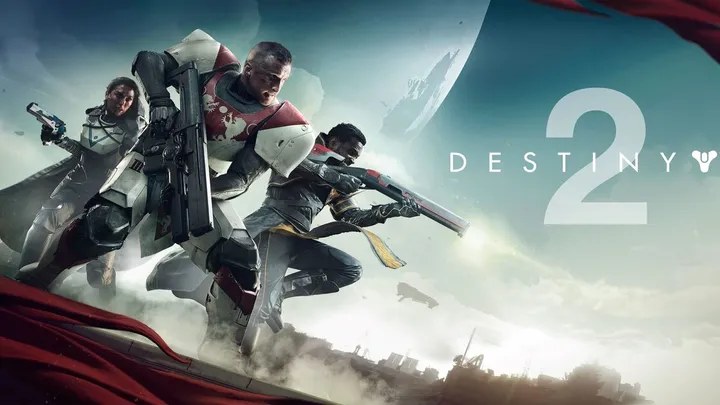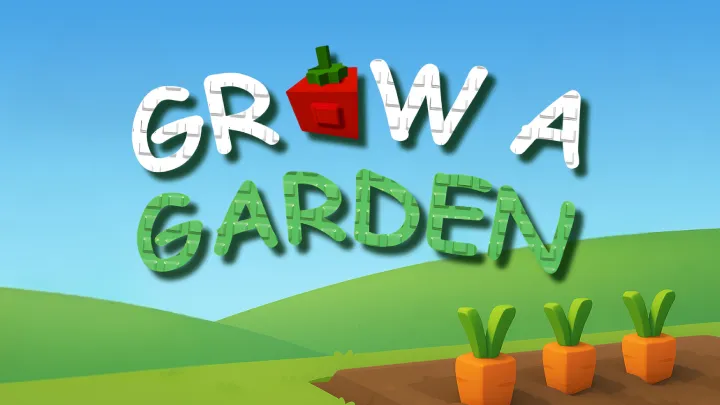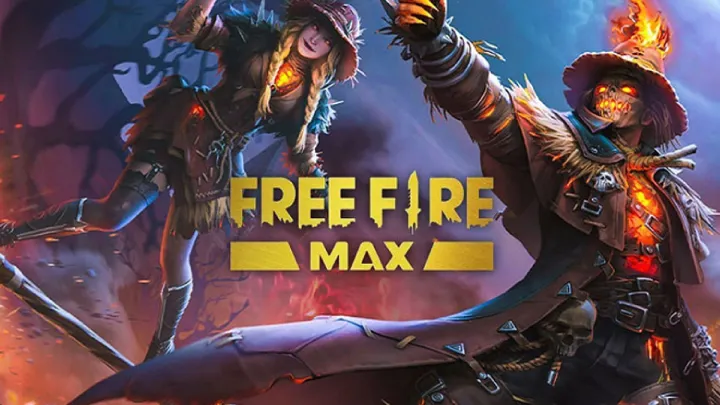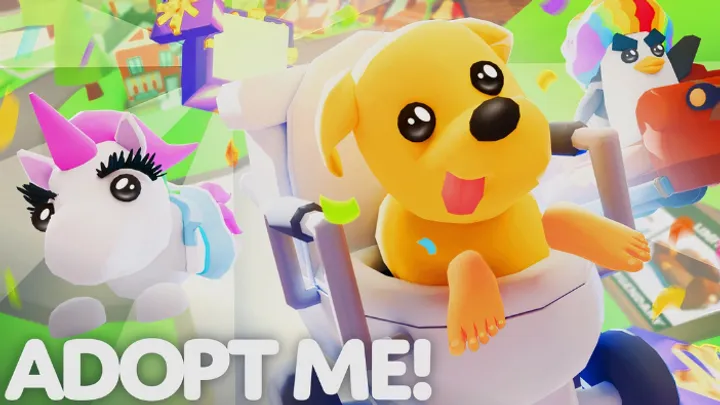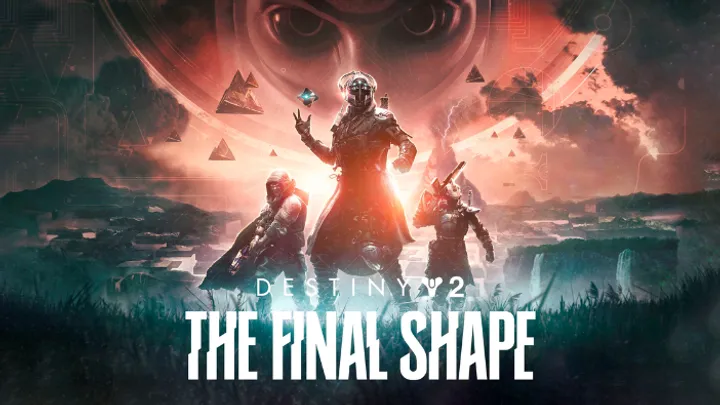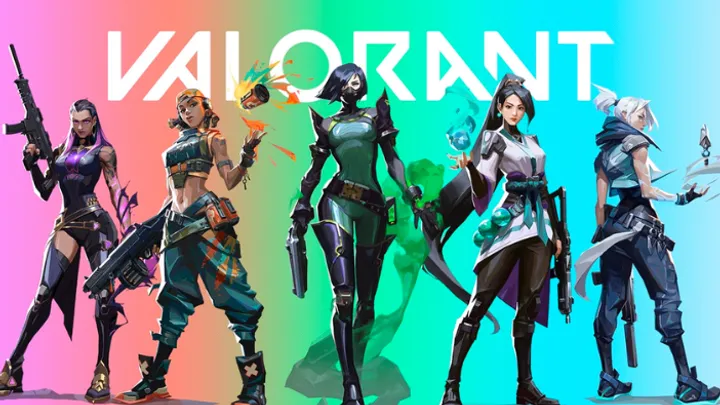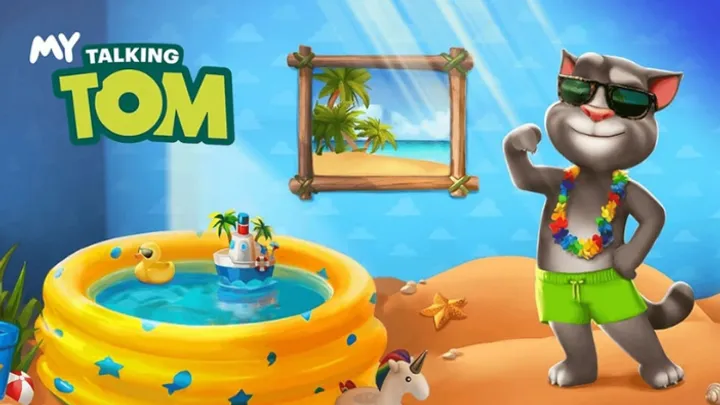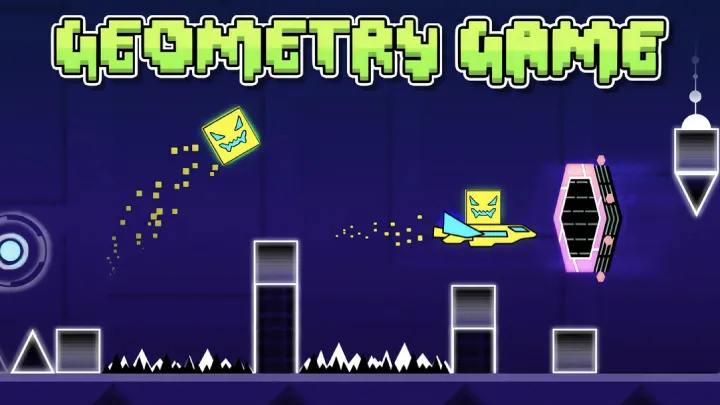Counter-Strike 2 (CS2) represents the evolution of one of the most iconic competitive shooters of all time. Built on Valve’s Source 2 engine, CS2 brings smoother movement, refined shooting mechanics, and visually stunning maps, while still keeping the tactical depth that made Counter-Strike legendary. But because it retains its skill-based roots, new players often struggle to adapt, and veterans must adjust to subtle gameplay changes.
This guide provides structured tips and strategies for mastering Counter-Strike 2 step by step. From the fundamentals of movement to advanced economy management and team play, you’ll learn not just how to survive but how to thrive in this unforgiving tactical shooter.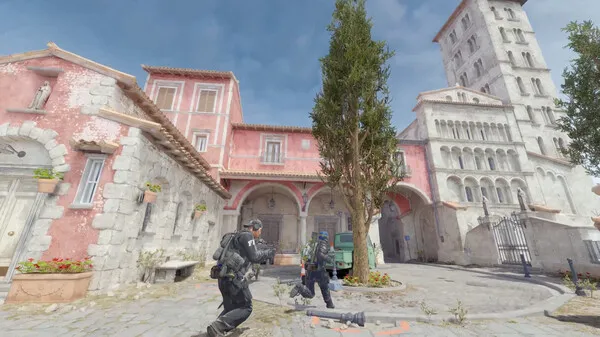
Understanding the Basics of CS2
Before diving into high-level strategies, every player needs to grasp the basics of CS2. The game is not about running and gunning like many modern shooters. Instead, it’s about precision, positioning, and patience.
New players should focus first on the objective-based gameplay. Terrorists (T-side) aim to plant the bomb or eliminate opponents, while Counter-Terrorists (CT-side) prevent bomb plants or defuse it after planting. Winning is less about kills and more about fulfilling these objectives.
Core Principles
- Always aim for the head—CS2’s damage model is punishing.
- Slow down movement; running and shooting is ineffective.
- Use sound to your advantage—footsteps reveal positions.
How to Master Movement in CS2
Movement in CS2 feels different compared to many shooters. Because accuracy is tied to player motion, knowing when to stop, crouch, or strafe is critical.
Counter-strafing is one of the most important techniques. This involves tapping the opposite movement key just before shooting, instantly stopping your movement and regaining full accuracy. Mastering this separates casual players from competitive ones.
Movement Techniques
- Counter-strafe for accurate shots.
- Crouch sparingly—useful for headshot angles but risky in open fights.
- Learn map-specific jumps for better positioning.
Learning the Weapon Mechanics
CS2 weapons require discipline. Unlike arcade shooters, spray-and-pray doesn’t work here. Each gun has a unique recoil pattern that must be controlled.
The AK-47 and M4 are the backbone rifles of CS2. Learning their spray patterns in practice maps is essential. Snipers like the AWP demand patience and precision, while pistols like the Desert Eagle reward accuracy with one-shot kills.
Weapon Mastery Tips
- Use burst or tap fire at long range.
- Practice recoil control in training maps.
- Learn cost-effective weapons like the FAMAS and MP9.
Understanding the Economy System
CS2 is as much about economy management as it is about shooting. Each round, players earn money based on performance, which must be spent wisely on weapons, armor, and utility.
For beginners, understanding when to “eco” (save money) and when to “buy” is crucial. Buying recklessly often leads to losing streaks and disadvantages. Team coordination ensures the entire squad buys or saves together for maximum impact.
Economy Guidelines
- Full Buy: Rifle + Armor + Utility.
- Force Buy: Cheap weapons when full buy isn’t possible.
- Eco Round: Pistols only, saving for future rounds.
Using Utility Effectively
Utility (smokes, flashbangs, molotovs, grenades) defines tactical play in CS2. Proper use of these tools can win rounds without firing a bullet.
Smokes block enemy vision, flashes blind enemies, and molotovs force players out of cover. Each grenade has specific timings and angles depending on the map. Learning these lineups gives you a massive advantage.
Essential Utility Skills
- Smoke grenades for blocking sniper angles.
- Flashbangs to initiate site pushes.
- Molotovs to deny bomb plants or force enemies out.
Map Knowledge and Positioning
CS2 is a game of information and positioning. Each map has choke points, bombsites, and key control zones that determine the flow of the game.
Players should memorize common callouts for every map to improve communication. Positioning smartly—whether holding angles as CT or pushing as T—can often outweigh pure aim skill.
Map Awareness Tips
- Learn map callouts for quick communication.
- Hold angles with discipline—don’t overpeek.
- Control mid areas, which often decide map dominance.
How to Communicate with Your Team
Communication separates good teams from great ones. In CS2, sharing information quickly and clearly often determines the outcome of rounds.
Instead of panicking, players should call enemy positions, numbers, and utility used. Using concise language helps your team react faster. Toxic communication, however, ruins morale and coordination.
Communication Rules
- Call out enemy positions with map-specific terms.
- Share your economy status for buy rounds.
- Stay calm and avoid tilting teammates.
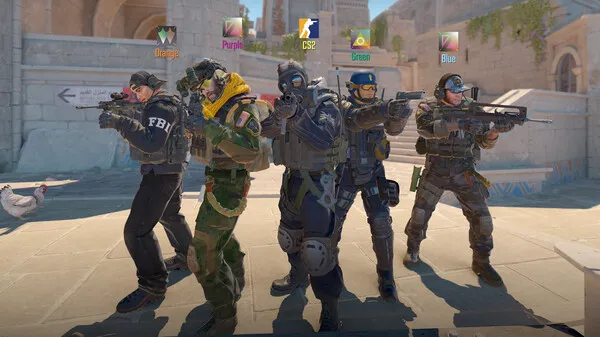
Developing Game Sense
Game sense refers to predicting enemy movements and strategies based on patterns and information. Unlike raw aim, game sense develops through experience and observation.
Watching professional matches is one of the best ways to improve game sense. Studying how pros rotate, when they push, and how they use utility gives valuable insights. Over time, you’ll anticipate enemy plays rather than react late.
Building Game Sense
- Watch demos of your own matches to learn mistakes.
- Predict rotations based on sound and utility cues.
- Avoid predictable plays—mix up your strategies.
Practicing Like a Pro
Raw skill in CS2 doesn’t come overnight—it requires consistent practice. Players should dedicate time not only to matchmaking but also to aim training, recoil control, and utility lineups.
Dedicated practice maps in the Workshop allow players to rehearse recoil and grenade throws. Regular aim training sessions sharpen reflexes and ensure muscle memory in high-pressure situations.
Pro Practice Routine
- 30 minutes of aim training daily.
- 20 minutes of recoil control practice.
- Study utility lineups on at least one map per week.
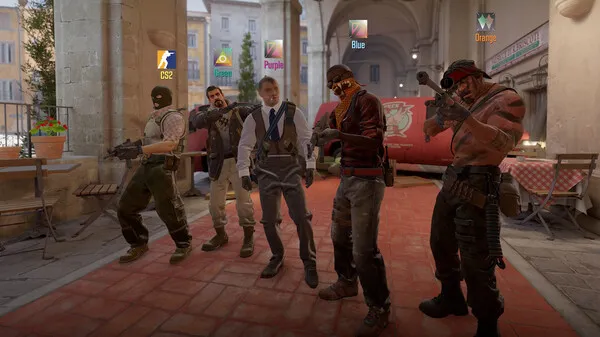
Preparing for Competitive Play
Once you’ve built strong fundamentals, the final step is preparing for competitive matches. Ranked games in CS2 are unforgiving and require both mechanical skill and mental toughness.
Before entering competitive, ensure you’re comfortable with at least two maps, have strong economy knowledge, and can communicate calmly under pressure. Competing with a pre-made team improves chances drastically compared to solo queue.
Competitive Checklist
- Master at least 2–3 maps.
- Develop consistent communication habits.
- Stay mentally focused, even after losses.
Conclusion
Counter-Strike 2 is more than a shooter—it’s a test of patience, precision, and teamwork. By learning the basics of movement, mastering weapons, managing economy, and practicing utility usage, players build the foundation for success. Adding team communication, map knowledge, and consistent practice elevates gameplay from casual to competitive.
Mastering CS2 takes time, but with dedication and structured practice, any player can improve dramatically. Remember: aim wins fights, but strategy wins matches.





